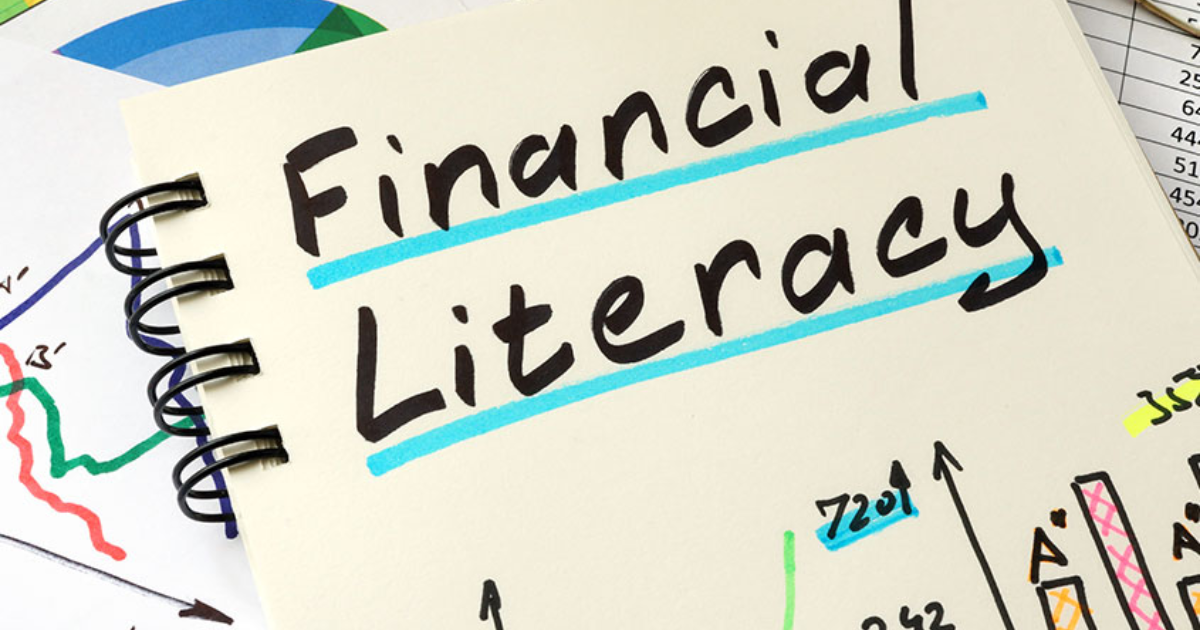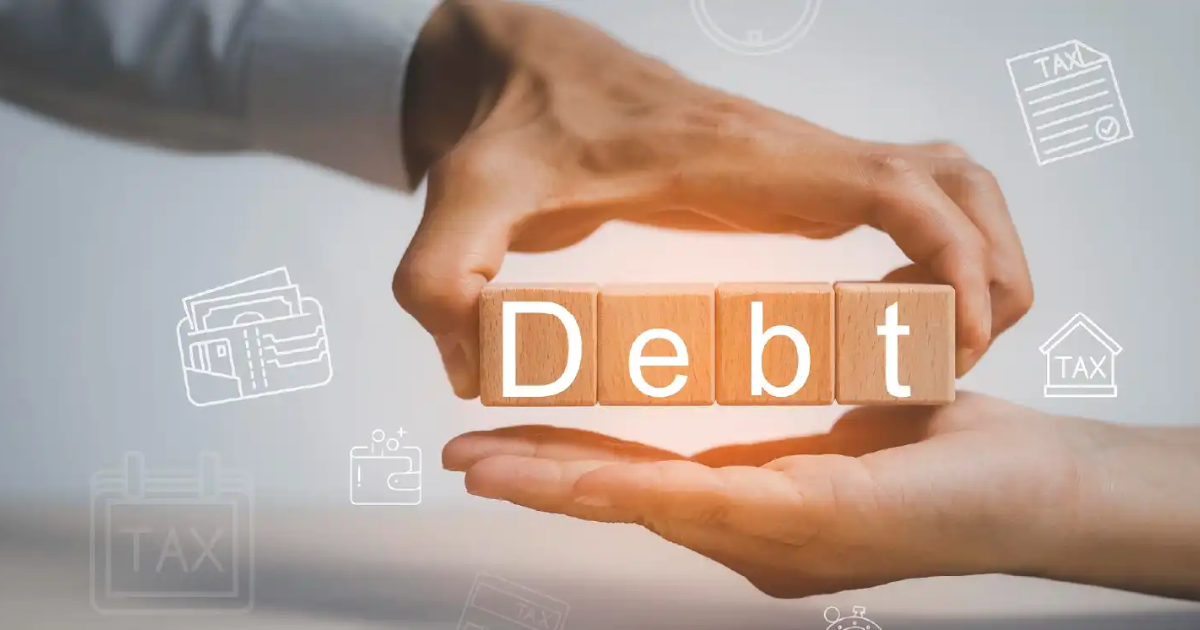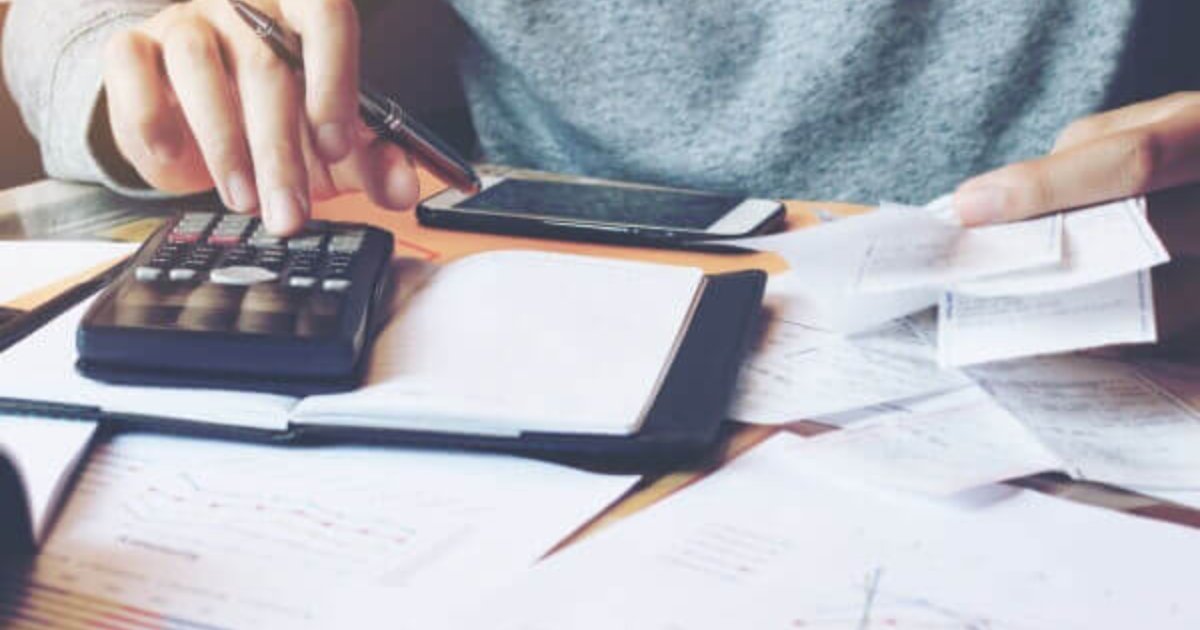Financial surprises are not a matter of “if”—they’re a matter of “when.” Whether it’s a medical bill, sudden job loss, car breakdown, or emergency travel, unexpected expenses can quickly derail your budget and cause long-term damage to your financial health. That’s where an emergency fund comes in. An emergency fund is a financial safety net designed to protect you from life’s unpredictable challenges. In this guide, we’ll explain what emergency funds are, why they’re essential, how much you should save, and smart strategies to build and maintain one.
What Is an Emergency Fund?

An emergency fund is a dedicated savings account that you only use for unplanned and urgent expenses. It is not meant for regular bills, vacations, or impulse buys.
Key Characteristics of an Emergency Fund
Liquid: Easily accessible, usually stored in a high-yield savings or money market account.
Separate: Not mixed with everyday checking or spending accounts.
Sufficient: Holds enough money to cover 3–6 months of essential expenses.
Why You Need an Emergency Fund
An emergency fund is your first line of defense in protecting both your finances and your peace of mind.
Provides Financial Security
If you lose your job or face a sudden medical emergency, an emergency fund allows you to cover expenses without going into debt.
Avoids High-Interest Debt
Without savings, many people rely on credit cards or payday loans to handle emergencies. These come with high interest rates that make recovery harder.
Reduces Financial Stress
Knowing you have a backup fund can reduce anxiety and help you make better decisions in tough times.
Protects Your Long-Term Goals
Without an emergency fund, you may have to dip into retirement savings or delay goals like buying a home or funding education.
How Much Should You Save?
There’s no one-size-fits-all number, but financial experts recommend saving between three to six months of living expenses.
Assess Your Personal Situation
Single with no dependents: 3 months may be enough.
Family with one income: Aim for 6 months or more.
Gig workers/freelancers: Consider saving up to 9–12 months due to variable income.
Calculate Your Monthly Essentials
Include: rent or mortgage, utilities, groceries, insurance, minimum loan payments, transportation, and basic healthcare. Multiply your total by 3–6 to set your savings goal.
Where to Keep Your Emergency Fund
The best place for your emergency fund is somewhere safe, separate, and accessible, but not so easy that you’re tempted to spend it.
Best Options
High-yield savings account: Offers interest and quick access.
Money market account: Slightly higher yield, may come with limited check-writing.
Traditional savings account: Still good if other options aren’t available.
What to Avoid
Checking accounts: Too easy to spend.
Stocks/investments: Risk of value loss when you need the money.
Cash at home: Not secure or interest-earning.
How to Start Building Your Emergency Fund

Even if you’re starting from zero, the key is consistency and discipline. Here’s how to get started:
Set a Realistic Goal
Begin with a small target like $500 or $1,000. Reaching a milestone quickly builds motivation.
Make It Automatic
Set up automatic transfers from your checking account to your savings each payday.
Cut Unnecessary Spending
Review your budget for non-essentials like subscriptions, dining out, or shopping and redirect those funds.
Use Windfalls Wisely
Tax refunds, bonuses, or cash gifts can give your emergency fund a boost.
Save Side Income
If you freelance, drive for rideshare apps, or sell items online, put a portion of that income directly into savings.
Mistakes to Avoid When Building an Emergency Fund
Avoid these common pitfalls:
Not Starting at All
Waiting for the “perfect time” can delay progress. Start small today.
Using It for Non-Emergencies
Concert tickets, vacations, or shopping deals are not emergencies.
Keeping It Too Accessible
A separate bank account (ideally at a different institution) can reduce temptation.
Ignoring It After Building
Your emergency fund should evolve with your lifestyle. Reassess it annually.
Emergency Fund vs. Other Types of Savings

It’s important to distinguish an emergency fund from other savings goals.
Emergency Fund
Purpose: Urgent, unforeseen expenses
Access: Immediate
Amount: 3–6 months of expenses
Retirement Savings
Purpose: Long-term future (typically after age 60)
Access: Limited, with penalties for early withdrawal
Vacation or Holiday Fund
Purpose: Planned events
Access: Moderate, typically used on schedule
When to Use Your Emergency Fund
Using the fund should be a serious decision. Acceptable scenarios include medical emergencies, job loss or layoff, major car or home repairs, and unexpected travel for family emergencies. Avoid using it for regular bills due to overspending, non-essential upgrades, or routine maintenance that should be budgeted separately.
Also Read : Cryptocurrency Explained: Risks, Rewards, And What You Should Know
Conclusion
An emergency fund is one of the most important tools in your personal finance toolkit. It empowers you to face life’s unexpected expenses without stress or debt, provides financial freedom, and protects your long-term goals. Whether you’re building your first $500 or maintaining six months of expenses, the key is to treat your emergency fund as a priority. Start small, stay consistent, and watch your peace of mind grow along with your savings.
FAQs
How much should I keep in an emergency fund?
Generally, 3–6 months of essential living expenses is ideal, though the exact amount depends on your lifestyle and income stability.
Can I invest my emergency fund?
It’s not recommended. Your emergency fund should be safe and accessible, not exposed to market risk.
Where should I keep my emergency fund?
High-yield savings accounts or money market accounts are ideal due to their safety, liquidity, and small interest gains.
What counts as a real emergency?
Job loss, urgent home or car repairs, sudden medical expenses, or emergency travel. Not vacations or everyday purchases.
What if I can’t save much?
Start small. Even $10 or $25 a week adds up. The most important part is to build the habit and increase it as you can.








